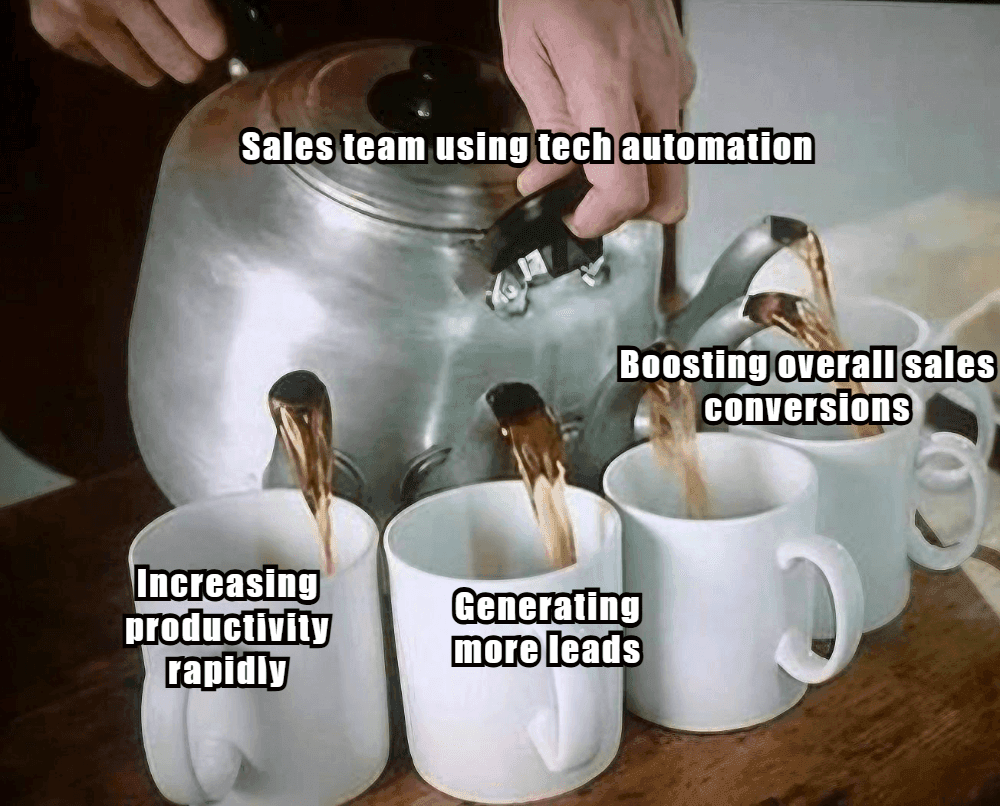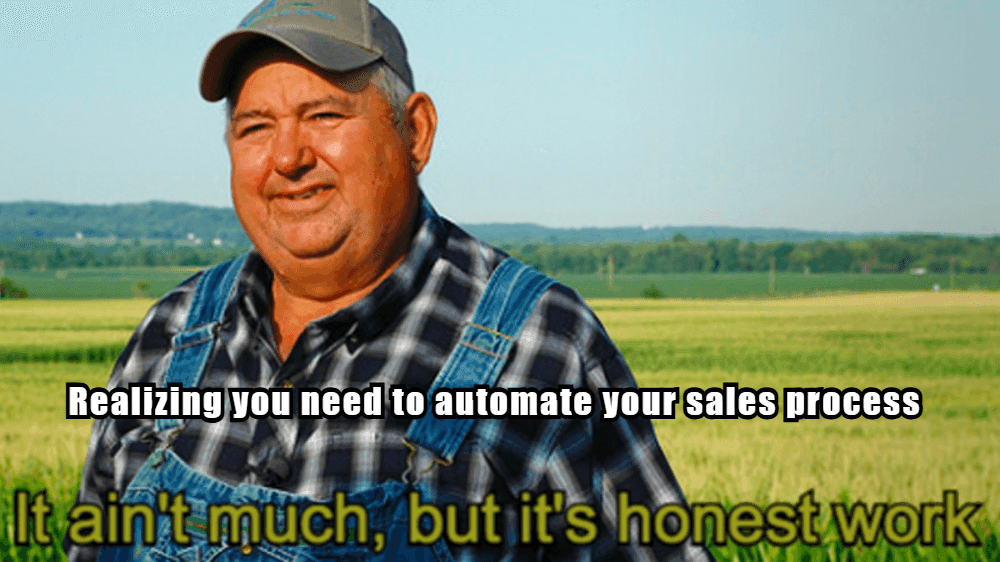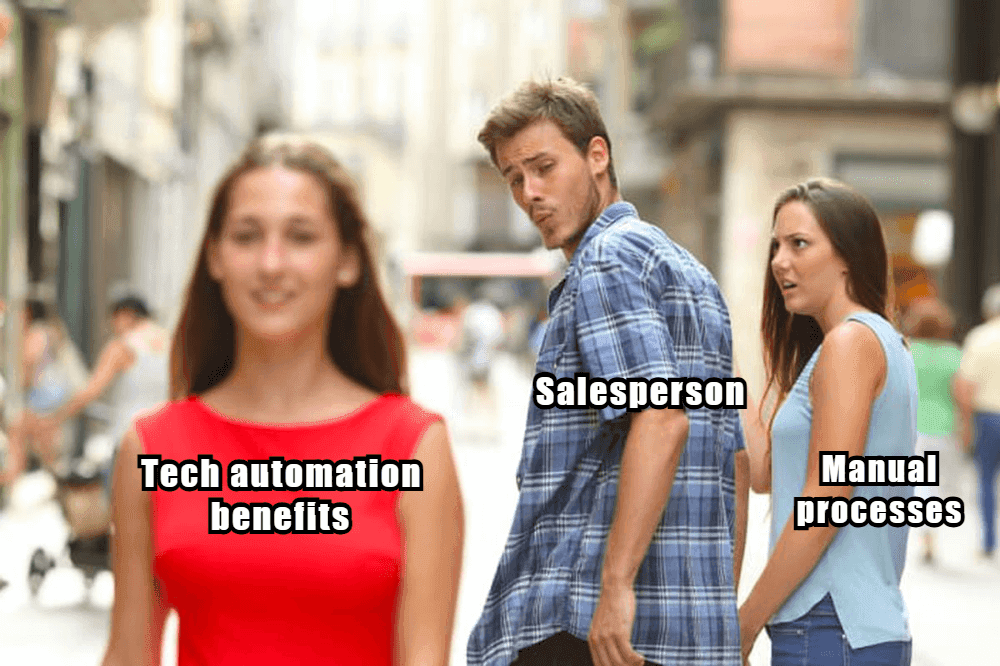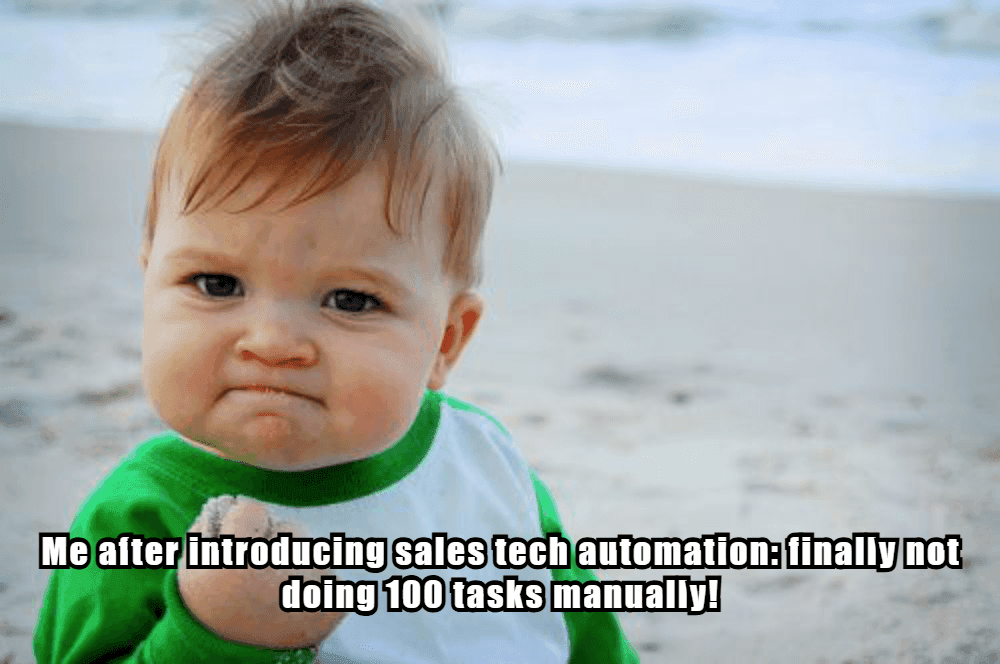Sales automation has become a transformational force in modern sales processes, changing the very way businesses operate and compete. To drive efficiency, improve customer experiences, and increase revenue, it is essential for sales leaders to understand the benefits of sales tech automation. This guide explores the concept of sales automation, its advantages, best practices for implementation, and answers frequently asked questions.
What is Sales Automation?
Sales automation is a process that utilizes technology to reduce and automate routine sales activities. The sales team will be left with time for high-value activities like building relationships and closing deals. By utilizing tools like CRM systems, AI, and workflow automation platforms, businesses can enhance productivity while reducing errors. Efficient sales automation also depends on the smooth functioning of underlying tech infrastructure, and IT asset tracking software helps ensure all devices and systems are accounted for, properly maintained, and consistently available when needed.
Key Features of Sales Automation
Lead Management: This is the automation of lead scoring, segmentation, and assignment.
Contact Management: All contacts in one place for easy access.
Pipeline Management: Track deal stages and forecast revenue across them.
Email Automation: Automate personalized campaigns and follow-ups at scale.
Task Automation: Schedule reminders, manage appointments, and much more.
Reporting & Analytics: Insights into sales performance.

Advantages of Sales Tech Automation
Sales tech automation is a boon for businesses. The list below outlines the most important benefits:
1. Increased Efficiency
Automation reduces tedious tasks involved in data entry, lead qualification, and report generation; this frees up more space for sales representatives to take care of customer-facing events.
2. Increased Efficiency
Automating repetitive procedures enables sales teams to execute strategic activities that will directly grow revenue. Studies indicate that productivity increases by 14.5% when companies begin using automation.
3. Increased Accuracy
Automation reduces human errors in entering data, forecasting, and report generation. This ensures that every decision is based on trusted data.
4. Fast Sales Cycles
Fast sales workflows also help speed up contract approval workflows and get to a yes faster—thus speeding up sales cycles. Automating workflows accelerates lead nurturing, proposal generation, contract management, and other processes leading to faster closure of deals.
5. Good Customer Experience
Automation permits personalized communication at a scale that ensures timely follow-ups as well as tailored interactions thereby improving customer satisfaction
6. Cost Reduction
Automation of administrative tasks will reduce operational costs, allowing the company to free up resources for revenue-generating activities.
7. Real-Time Insights
Automation tools offer real-time analytics on pipeline health, customer behavior, and team performance, thus making data-driven decisions.

Best Practices in Sales Automation Implementation
To derive maximum benefits from sales tech automation, the following best practices must be followed:
1. Define Clear Objectives
Specify the particular goals that automation should be targeted at, such as improving lead generation or streamlining reporting.
2. Choose the Right Tools
Select an automation software that meets your business requirements. Consider features like integration with CRM, AI, and scalability. Also, consider the specific tasks you want to automate. For example, if you are mainly looking to automate sales outreach, a tool like HeyReach or a HeyReach alternative comes in handy, whereas if you are looking for a lead scoring tool, choose a tool like HubSpot that has the features you need for prioritizing leads.
3. Train Your Team
Offer thorough training so that your team is well-equipped to utilize the tools.
4. Start Small
Automate a few high-impact tasks first and then move to more complex processes.
5. Monitor Performance
Monitor KPIs like time saved or conversion rates to measure the impact of automation.
6. Maintain a Human Touch
While automation handles repetitive tasks, ensure that customer interactions retain a personal touch where necessary.

Comparing Manual vs Automated Sales Processes
| Feature | Manual Process | Automated Process |
| Lead Qualification | Time-consuming; prone to errors | Fast; uses predefined criteria |
| Data Entry | Requires manual input | Automatic updates across systems |
| Follow-Ups | Inconsistent; easy to miss | Timely; uses email templates |
| Reporting | Hours spent compiling data | Real-time analytics |
| Customer Experience | Limited personalization | Hyper-personalized communication |

Examples of Sales Automation in Practice
The following are live examples of sales tech automation:
Lead Scoring: AI tools help scan through the lead behavior for the right leads.
Email Campaigns: Drip sequences help in the nurturing of leads in the long run.
Sales Forecasting: Predictive analytics enables companies to accurately predict revenues on pipeline trends.
Call Transcription: AI can automatically transcribe calls and present actionable insights
Territory Management: Balancing of accounts assignments through automation ensures better coverage.

Sales Tech Automation Benefits for Small Businesses
Sales tech automation benefits small businesses especially as it has limited resources:
Small teams can focus on selling due to the automation of repetitive tasks.
Affordable tools tailored for startups.
Facilitates scalability by making the operations streamlined with the business's growth.

Conclusion
In today’s world sales tech automation is not an option but a necessity to be successful. It can bring efficiency, better customer experiences, and revenue by automating repetitive tasks, leveraging advanced analytics, and more.
For a sales leader who wants to be ahead of the curve, embracing such technology is the key to unlocking their team’s full potential and reap the benefits of modern sales processes.
FAQs Sales Automation
Here are some questions about sales automation:
1. What is sales automation and why?
Sales automation uses technology to automate repetitive tasks in the sales process. It’s important because it’s efficient, reduces errors and frees up time for strategic activities.
2. Can sales automation replace human sales reps?
No, sales automation is a complement to human efforts because it handles administrative tasks and leaves the reps to focus on relationship-building and closing deals.
3. How is sales automation efficient?
It saves manual effort by automating tasks like lead qualification, email follow-ups, and reporting.
4. What are the myths about sales automation?
Some think it’s expensive or only for big businesses, but many affordable solutions are available for small businesses too.
5. How do I choose the right sales automation tool?
Consider your business needs, budget, integration with existing tools (e.g. CRM) and user-friendliness.


